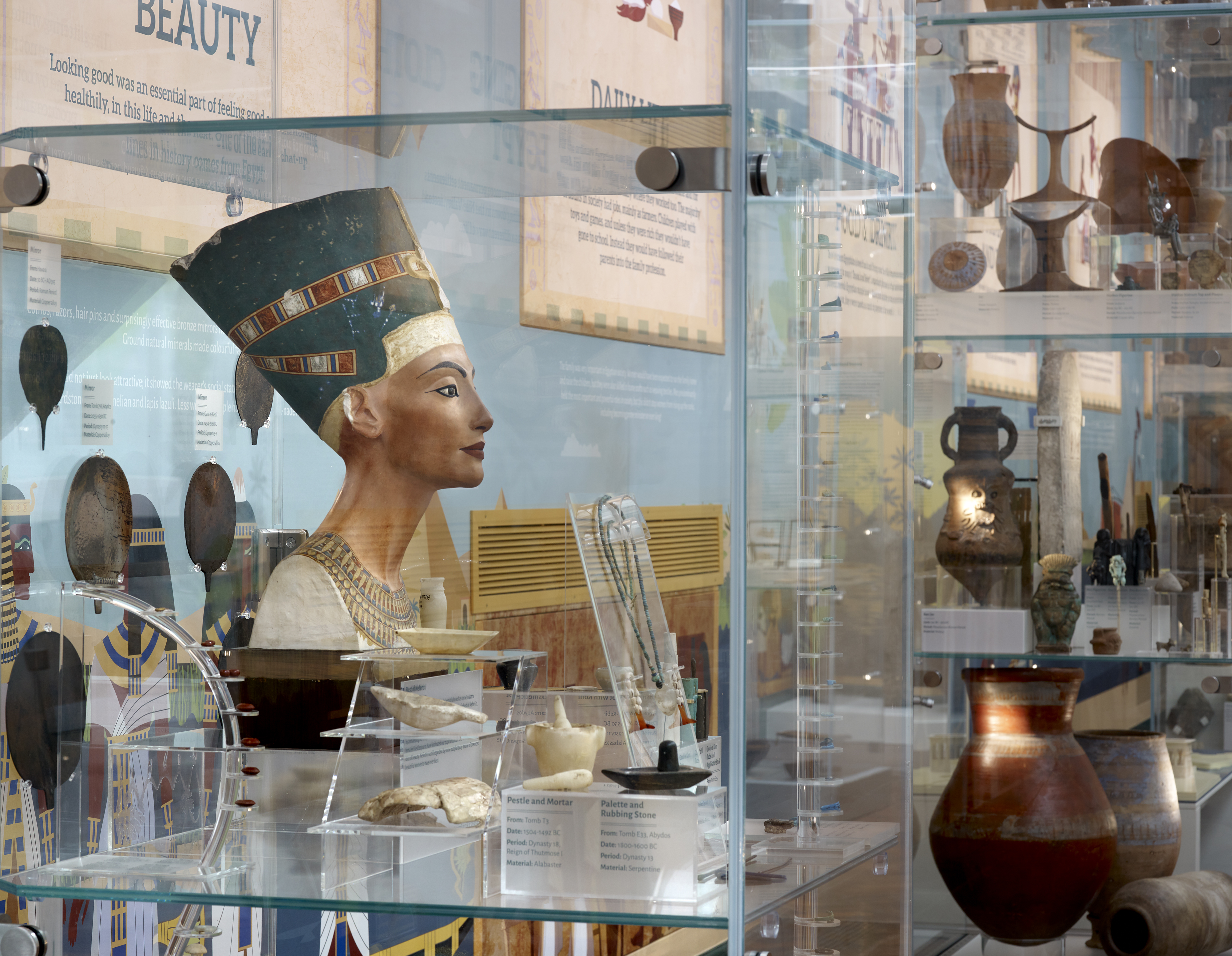Sources of the Collection
One of the largest and most successful local mill companies was the firm of Barlow and Jones, founded by James Barlow of Edgeworth.
Annie Barlow (1863-1941), James’ daughter, was recruited to the Egypt Exploration Fund (later the Egypt Exploration Society) while studying at University College London and was appointed as Honorary Local Secretary for the Bolton Region to raise money for excavations in Egypt. The Egypt Exploration Society gave objects to institutions or collectors who had funded their work.
Annie Barlow asked for her share of the finds to be given to the Chadwick Museum, the Victorian forerunner of today’s Bolton Museum.
Bolton Museum was a major supporter of the Egypt Exploration Society for the next century, and a large proportion of the museum’s Egyptian collection derives from EES excavations as selected by the curators in the annual distribution of finds.
The first two curators of the Chadwick Museum, William Midgley (curator 1883-1906) and his son Thomas Midgley (curator 1906-1934), were specialists in the study of ancient textiles.
In some cases, they provided excavators with an assessment of the textiles. Bolton also supported some excavations in Egypt and the Sudan beyond those of the EES such as the British School of Archaeology in Egypt and the British Museum.
Bolton Museum also received some donations of material including material from the Petrie Museum, Tamworth Castle, and the Wellcome Trust.
 Bolton’s collection of ancient Egyptian material is arguably one of the most important in a British local authority museum (i.e. a non-National, non-University Museum), and numbers around 12,000 objects from over 65 sites in Egypt.
Bolton’s collection of ancient Egyptian material is arguably one of the most important in a British local authority museum (i.e. a non-National, non-University Museum), and numbers around 12,000 objects from over 65 sites in Egypt.

